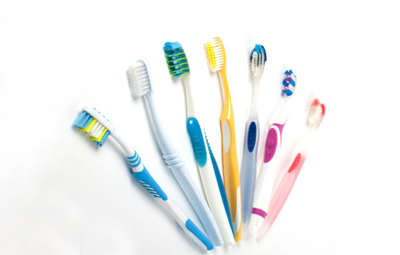Most people use brushes, toothpaste, and dental floss to clean their teeth. But this is not universal. For example, people in developing countries and indigenous groups use traditional techniques. But the majority still uses modern methods due to proven effectiveness.
This article lists the most common traditional methods. These methods are still used for keeping teeth clean. But the effectiveness of some of these techniques varies.
Miswak
The twigs of the Arak tree (known as miswak) are popular in some parts of South and Southeast Asia and the Middle East. They are still used for cleaning teeth. Miswak has many benefits for oral health.
Most toothpaste these days have fluoride present. But our saliva can help prevent tooth decay as well. It prevents acid buildup and allows teeth to replenish themselves. According to research, Miswak increases saliva production in the mouth. This happens without commercial additives, thus preventing tooth decay.
Miswak contains several antibacterial compounds. These are active against bacterial growth in the mouth, as shown by several studies. Furthermore, people who use miswak are less likely to experience oral hygiene problems.
To use miswak, they fray the ends of the twigs and dampen the resulting bristles with water or rosewater. They then rub the bristles against their teeth.
Salvadora persica wood (the wood of the arak tree) is rich in fluoride. It also contains antimicrobial components that prevent tooth decay.
Different cultures use the scented twigs of other trees to freshen the breath. Chew sticks have long been in use for freshening the breath. In history, they were first used in ancient Babylonia (3500 BC), but they were also used in China as long ago as 1600 BC.
Studies show that using twigs provides similar results to using a conventional toothbrush. But, sticks can’t reach areas between teeth. And if they aren’t used properly, they can cause gum damage and cause teeth to rub together.
Brushing with finger
Different substances get rub onto teeth with fingers in some cultures. For example, people in some Muslim countries brush their teeth with walnut tree bark.
The bark has antimicrobial properties, and it’s supposed to whiten teeth. However, studies are not clear whether it is effective or harmful.
Popular Among rural Indians, Southeast Asians are brick powder, mud, salt, or ash. These are very common as dental hygiene products. While effective at removing stains, these ingredients don’t contain fluoride. This makes them abrasive, causing sensitive teeth.
Dentists are getting back into using charcoal, used for cleaning teeth. Modern toothpaste and toothbrushes contain charcoal. It can bind and inactivate harmful bacteria.
According to research, activated charcoal helps raise the pH of the mouth because. This effect happens because it binds with acidic stuff. It also accelerates the removal of acidic stuff. As a result, activated charcoal helps to remove plaque. It also prevents plaque from forming in the mouth. Because this plaque results in halitosis, or bad breath.
But, all-natural products won’t work. Used for tooth cleaning in Southeast Asia, betel quid and areca nuts cause stains on teeth and gums. Furthermore, they increase the risk of oral cancer.
An ancient Ayurvedic practice of oil pulling is another method of cleaning teeth. This doesn’t need a use of toothpaste or a toothbrush. You can rub small amounts of coconut, sesame, sunflower, or olive oil around the mouth for 15 minutes. Toxins and bacteria can be wash out this way. Moreover, recent research suggests that oil pulling can help reduce gum inflammation. This happens when combined with regular brushing and flossing.
Modern dental equipments
According to the WHO, most of the world’s population suffers from tooth decay and gum diseases. The good news is that these diseases are preventable with good oral hygiene and a healthy diet.
People suffer from these diseases in enormous numbers. Because their oral hygiene methods are not up to par with ideal standards and need to improve.
Besides being effective, modern oral care devices are better to clean teeth. They reach the most difficult-to-reach areas of the mouth. Oil pulling, for example, is one of the alternatives to conventional cleaning techniques.
BOTTOM LINE
While modern methods for oral hygiene are the best ones. Yet, many parts of the world are still inclined to use traditional methods for teeth brushing. These methods are excellent in keeping tooth problems at bay, such as the miswak stick.
Many of these methods can do more harm than good for your teeth. Research first if you are keen to add a natural substance to your daily oral routine. Weight the pros and cons before using the product. The best bet is to look for these ingredients in your toothpaste for better results.
To maintain the best dental hygiene, always consult your dentist. Go for regular dental checkups and follow advice from your dentist where necessary.
